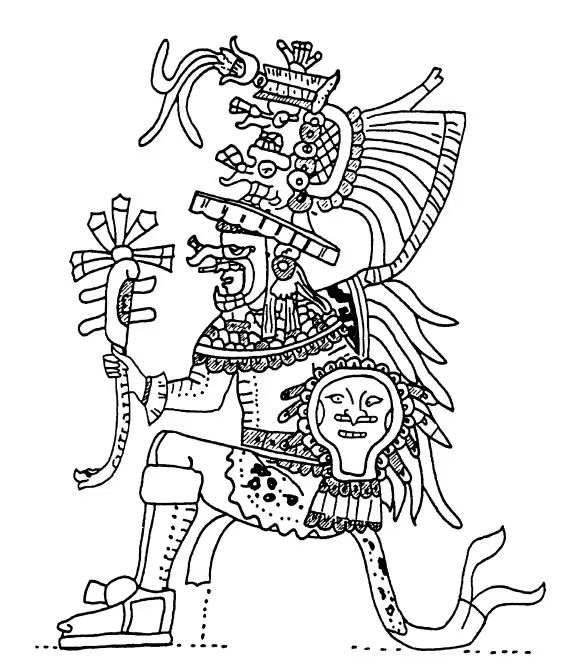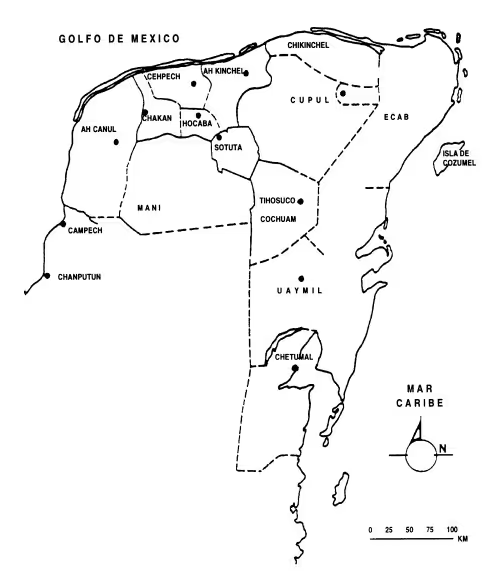The Mayans and Their Political-Territorial Entities


During the Classic period and early Postclassic, Chichén Itzá was the center of a centralized government system known as Ah Tepal. In this model, a single ruler or Ah Tepal controlled a vast territory, imposing tributes and regulating political and religious life. Its power extended to distant regions such as Cozumel and Tabasco, although some studies suggest that its dominance was not absolute, encountering resistance in areas like Cobá
Mayapán and the Multepal: The Confederated Government
With the fall of Chichén Itzá, the center of power shifted to Mayapán, where a different governance model emerged: the Multepal or confederated government. Here, leadership did not rest on a single ruler but on a series of noble families, mainly the Cocomes, who shared power with other elites under mutual supervision. This system provided relative stability until the 15th century when internal tensions led to the destruction of Mayapán and the dissolution of central authority.
The Cuchcabalob: The Fragmentation of Power
After the fall of Mayapán, the peninsula fragmented into Cuchcabalob, small provinces governed by a Halach Uinic. Each Cuchcabal was a local power center with its own economic and religious structure. While this period has been interpreted as a disintegration of power, some researchers suggest that it was rather a return to a more traditional form of government, predating the influence of the Itzáes and Cocomes.
Reflection of a Complex Society
This political system not only reflected the Mayan social structure, where lineage and inheritance were fundamental, but also their worldview. For the Mayans, space and territorial organization were deeply linked to their vision of the universe, with cities and temples arranged according to sacred principles.
Finally, the study of these political entities allows us to better understand the history of the Mayans and how their political and territorial organization responded to internal and external changes. From the centralized rule of Chichén Itzá to the confederations of Mayapán and the decentralization of the Cuchcabalob, the Mayans demonstrated a remarkable ability to adapt. Their legacy is not only in their monuments but also in the complexity of their society, which continues to fascinate researchers and history enthusiasts.
References
Rodriguez, P. E. (2019). La importancia de la obra de G. Simondon para la filosofía contemporánea. doispontos:, 16(3), 3–12.